Related Research Articles

Sir Hans Heysen was an Australian artist.
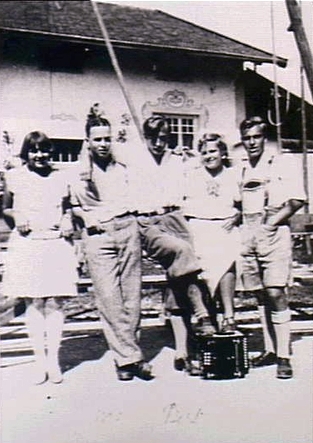
Sir Ivor Henry Thomas Hele, CBE was an Australian artist noted for portraiture. He was Australia's longest serving war artist and completed more commissioned works than any other in the history of Australian art.

Benjamin Boothby was a South Australian colonial judge, who was removed from office for misbehaviour, one of four Australian supreme court judges removed in the 19th century.
The Herald was a weekly trade union magazine published in Adelaide, South Australia between 1894 and March 1910; for the first four years titled The Weekly Herald. It was succeeded by The Daily Herald, which ran from 7 March 1910 to 16 June 1924.
Sir Frederick Lloyd Dumas, generally known as "Lloyd Dumas" or "F. Lloyd Dumas", was a journalist and politically influential newspaperman in Victoria and South Australia.
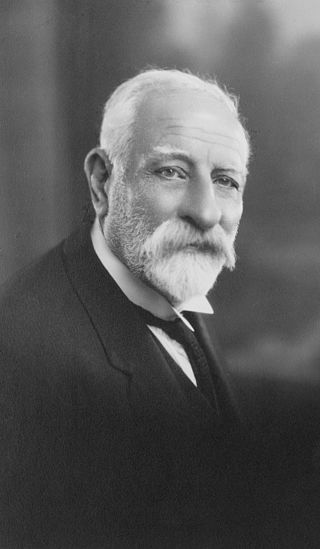
John Baxter Mather was a Scottish born journalist, newspaper proprietor, landscape painter and art critic in South Australia.
Quiz was a weekly newspaper published in Adelaide, South Australia from 1889 to 1910. Between 1890 and 1900 it was known as Quiz and The Lantern.
Henry Congreve Evans was a journalist, editor and newspaper proprietor of South Australia.
Alfred Thomas Chandler was a journalist, editor and newspaper proprietor in Victoria, South Australia and Western Australia. He was prominent in the Western Australian secession movement.
North Adelaide Grammar School, later Whinham College was a private school operated in North Adelaide, South Australia by John Whinham and his family.
The Adelaide Easel Club was a society for South Australian painters which broke away from the South Australian Society of Arts in 1892 and which re-merged with the parent organization in 1901.
Alfred Scott Broad was an Australian artist, regarded as the first black-and-white artist born in South Australia to be published. He was known as "Alf", and was often referred to as "A. Scott Broad" as though his surname was "Scott-Broad", and was often written that way. An adult daughter was the subject of an unsolved mystery disappearance.
John White was a South Australian painter and pharmacist.
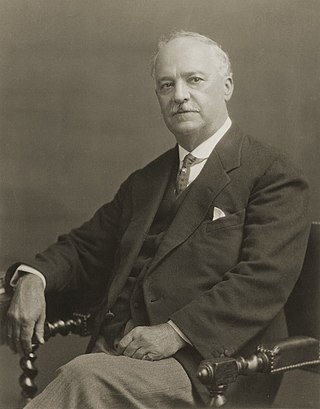
Sir William John Sowden was a journalist in South Australia, who was knighted in 1918.
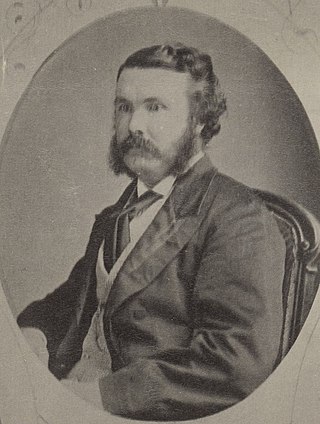
George John William Stevenson was a lawyer, journalist and politician in the British colony of South Australia.

Marie Anne Tuck, was an artist and art educator in South Australia.
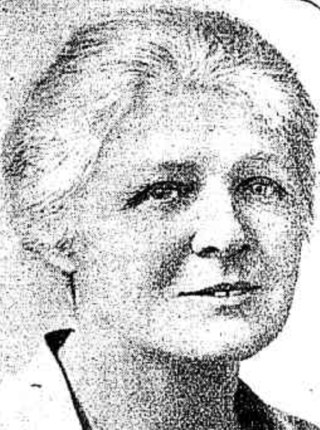
Ada Mary à Beckett MSc, née Lambert, was an Australian biologist, academic and leader of the kindergarten movement in Australia. She was the first woman appointed lecturer at Melbourne University.
Duncan Campbell Francis Moodie, commonly referred to as D. C. F. Moodie, was a Colony of Natal writer, historian and linguist who published a newspaper The Portonian in Port Adelaide, South Australia, from 1871 to 1879.
Lewis Henry Berens, was a businessman, political theorist, lecturer and author in the colony of South Australia. He has frequently been referred to as Louis Behrens.
Thomas Francis Wigley was a lawyer and horse racing official in South Australia.
References
- 1 2 "A Painter of Portraits". The Advertiser (Adelaide) . 6 April 1918. p. 14. Retrieved 9 January 2016.
- ↑ "Obituaries". Adelaide Observer . Adelaide: National Library of Australia. 17 August 1918. p. 19. Retrieved 20 January 2015.
- 1 2 McCulloch, Alan Encyclopedia of Australian Art Hutchinson of London, 1968. Spelled "McCormac" in this reference
- ↑ "Obituary". The Chronicle . Adelaide: National Library of Australia. 24 August 1918. p. 39. Retrieved 20 January 2015.
- ↑ MacCormac, A (1906), Via crucis, or, Death and life : a poem / by A. MacCormac, Vardon & Pritchard
- ↑ "The Easel Clubs Exhibition". Quiz and The Lantern . Adelaide: National Library of Australia. 22 October 1896. p. 8. Retrieved 20 January 2015.
- ↑ "The Parliamentary Portrait Gallery". South Australian Register . Adelaide: National Library of Australia. 24 June 1890. p. 4. Retrieved 20 January 2015.
- ↑ "Sir John Bray". South Australian Register . Adelaide: National Library of Australia. 27 August 1891. p. 4. Retrieved 20 January 2015.
- ↑ "Public Library Board". The Register . Adelaide: National Library of Australia. 18 April 1903. p. 8. Retrieved 20 January 2015.
- ↑ "Presentation to the Retiring Mayor". South Australian Register . Adelaide: National Library of Australia. 1 December 1891. p. 7. Retrieved 20 January 2015.
- ↑ "A New Picture". Quiz and The Lantern . Adelaide: National Library of Australia. 20 April 1894. p. 11. Retrieved 20 January 2015.
- ↑ "Personal Pars". Quiz and The Lantern . Adelaide: National Library of Australia. 25 March 1892. p. 6. Retrieved 20 January 2015.
- ↑ "Fair and Unfair". Quiz and The Lantern . Adelaide: National Library of Australia. 18 November 1897. p. 10. Retrieved 20 January 2015.
- ↑ "News of the Week". South Australian Chronicle and Weekly Mail . Adelaide: National Library of Australia. 10 March 1877. p. 6. Retrieved 20 January 2015.
- ↑ "Friday, June 3, 1881". The South Australian Advertiser . Adelaide: National Library of Australia. 3 June 1881. p. 4. Retrieved 20 January 2015.
- ↑ "Portrait of Sir William Milne". Adelaide Observer . SA: National Library of Australia. 2 August 1890. p. 42. Retrieved 20 January 2015.
- ↑ "The Week". South Australian Chronicle . Adelaide: National Library of Australia. 5 April 1890. p. 11. Retrieved 20 January 2015.
- ↑ "Portrait of Admiral Pullen". South Australian Register . Adelaide: National Library of Australia. 4 April 1883. p. 5. Retrieved 20 January 2015.
- ↑ "Wednesday, March 31, 1886". The South Australian Advertiser . Adelaide: National Library of Australia. 31 March 1886. p. 4. Retrieved 20 January 2015.
- ↑ Probably named for Nicholas Chevalier, the great Victorian painter.
- ↑ "Google". www.google.com.au. Retrieved 9 January 2016.
- ↑ "Colonial Works of Art". Adelaide Observer . SA: National Library of Australia. 1 May 1875. p. 8. Retrieved 20 January 2015. These two references may refer to one award, and one or other date is incorrect.